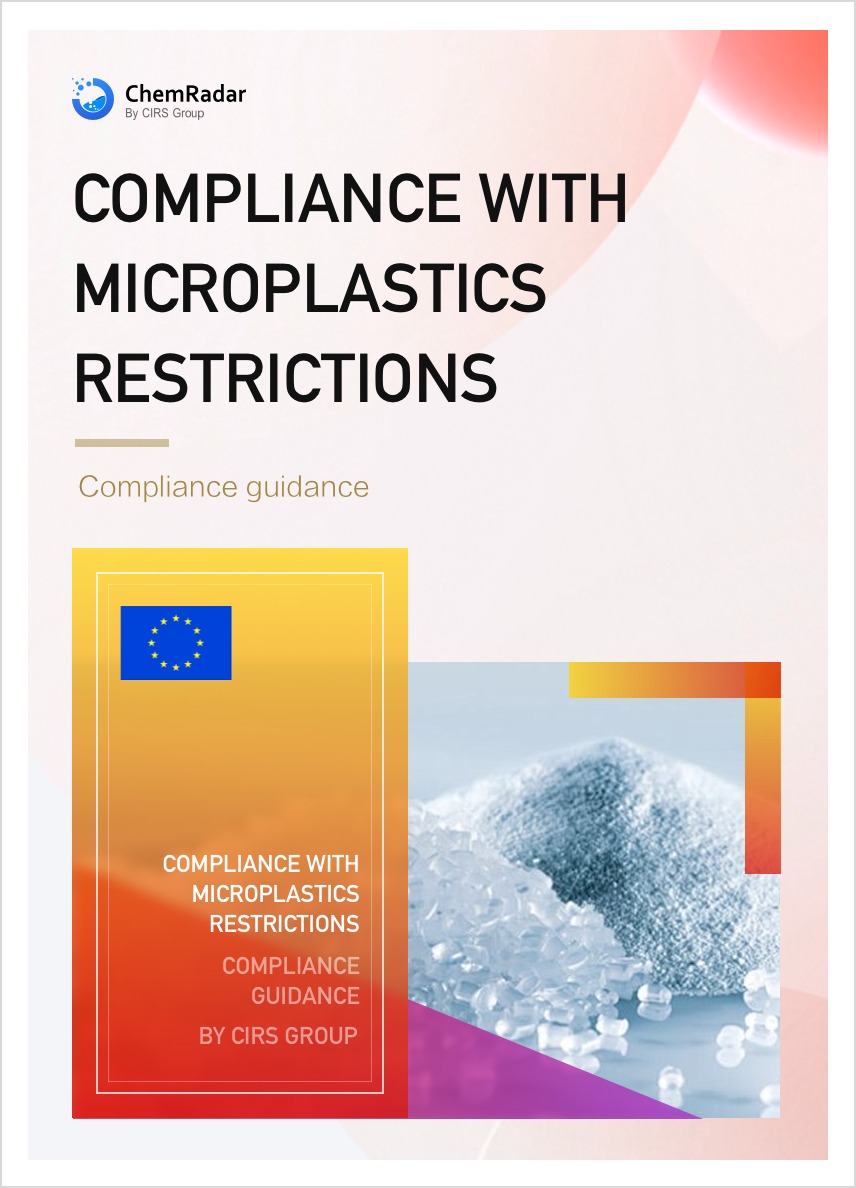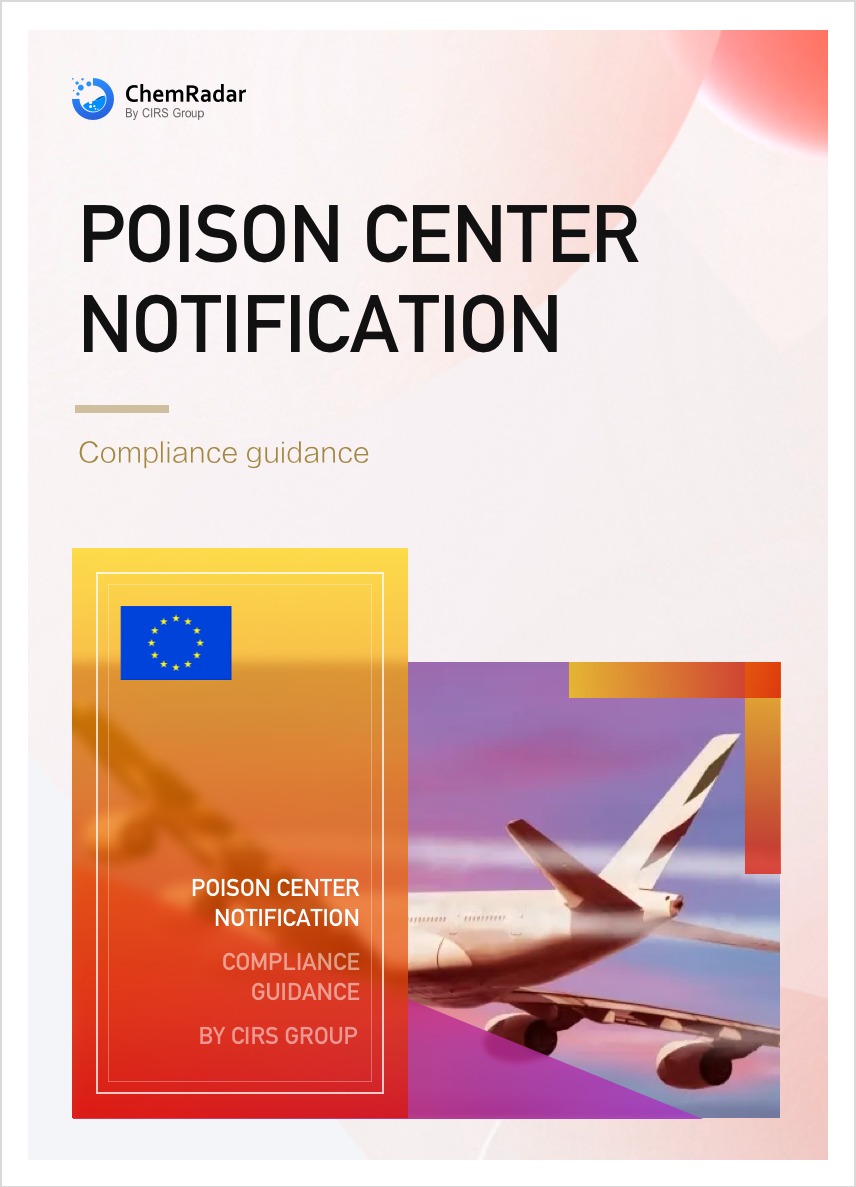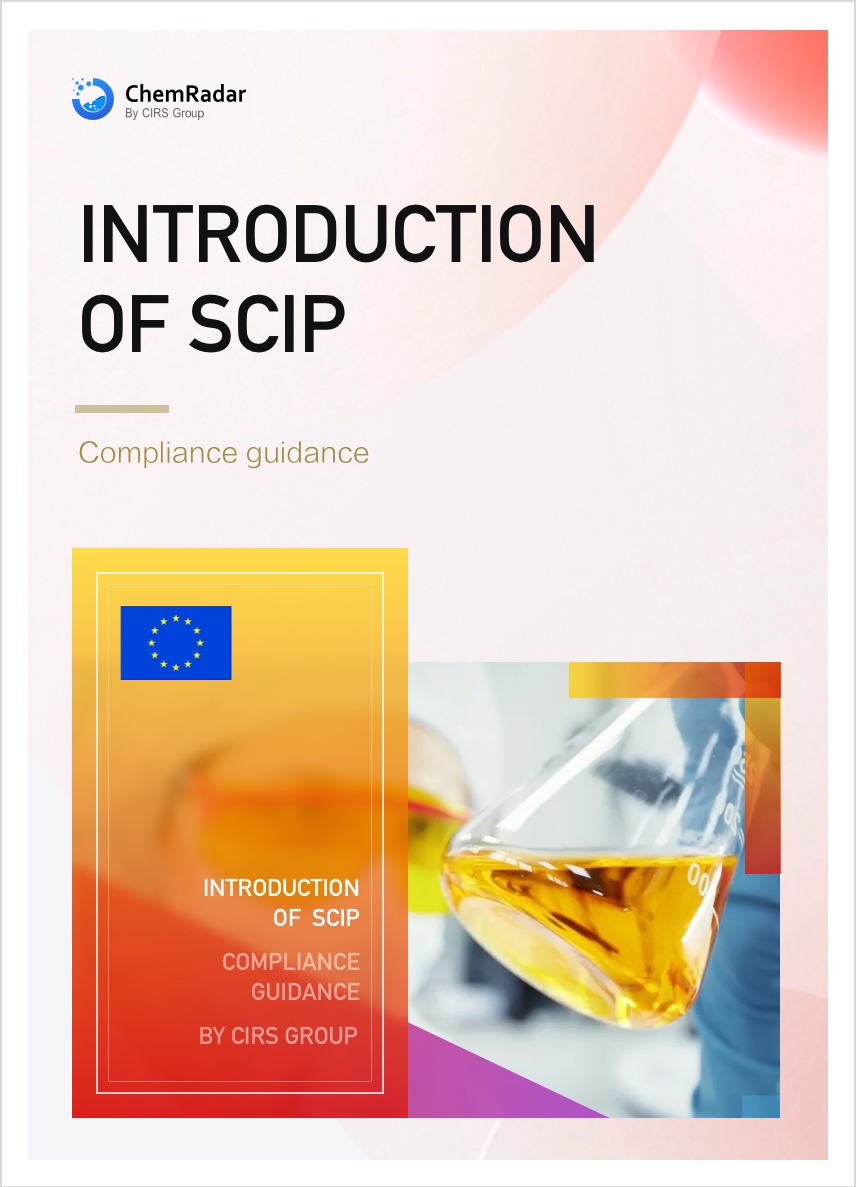
On May 24, 2023, the Official Journal of the European Union, L136, published the EU's official position on the proposed amendments to Annex A of the Stockholm Convention on Persistent Organic Pollutants (POPs) adopted at the Eleventh Meeting of the Conference of the Parties. The resolution reads as follows:
- to support the listing of dechlorane plus in Annex A, with specific exemptions recommended by the Persistent Organic Pollutants Review Committee (the 'POPRC');
- to support the listing of methoxychlor in Annex A, without any specific exemptions;
- to support the listing of UV-328 in Annex A, with the specific exemptions recommended by the POPRC.
During May 1 to May 12, 2023, the eleventh meeting of the Conference of the Parties to the Stockholm Convention on Persistent Organic Pollutants was convened at Geneva, Switzerland. At its eleventh meeting, dechlorane plus, methoxychlor and UV-328 are listed in Annex A to the Convention. Specific exemptions on methoxychlor and UV-328 recommended by the POPRC are remained. Up to now, a total of 34 chemical substances is regulated by the POPs.
Introduction of these 3 substances:
- Dechlorane plus, as a polychlorinated flame retardant, can be used to modify flame retardant modifier for thermoplastic plastics such as nylon 66, nylon 6, PBT, HIPS, ABS, and PP. Currently, dechlorane plus is listed as new pollutant under key control in China. According to the List of New Pollutants under Key Control (2023 version) officially implemented on March 1st in 2023, the production, processing, use, and import/export of dechlorane plus shall be prohibited since January 1st, 2024. Requirements for the disposal of related waste are also imposed.
- Methoxychlor, as an organochlorine pesticide, has been prohibited in China.
- As a UV absorber, UV-328 can be used to prevent materials from discoloration and degradation. It is mainly used in paints and coatings, and used as additives in plastics, and non-food contact layers in food packaging. UV-328 can also be used in paints, coatings, sealants, and resins for interior and exterior components and liquid crystal panel. Moreover, it can be used as additives in plastics, inks and adhesives for food packaging. Because of their irreplaceable applications, transitional period for special users may be given.





